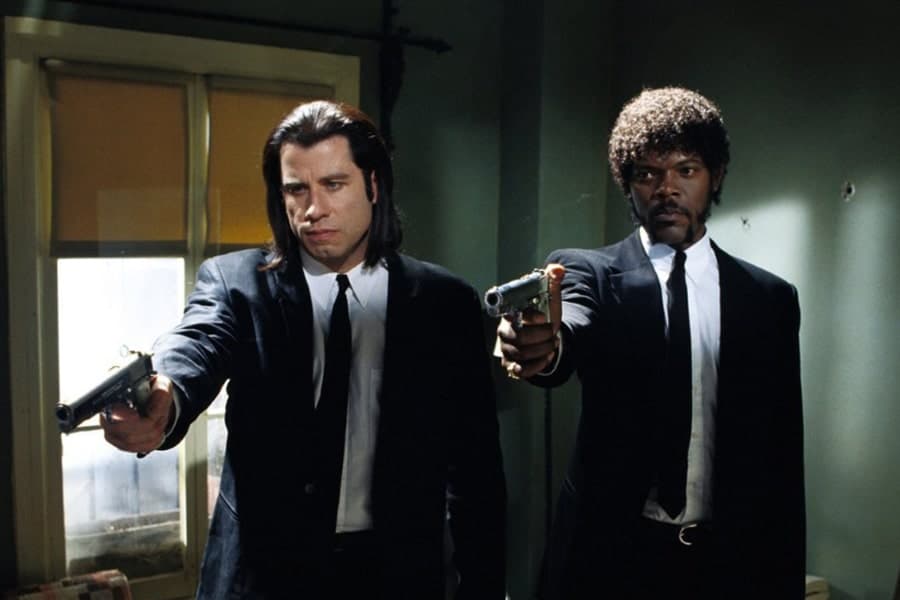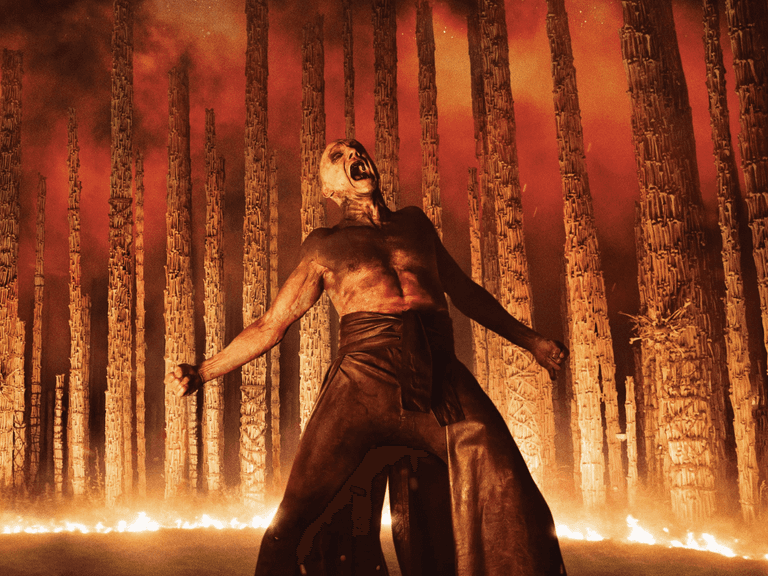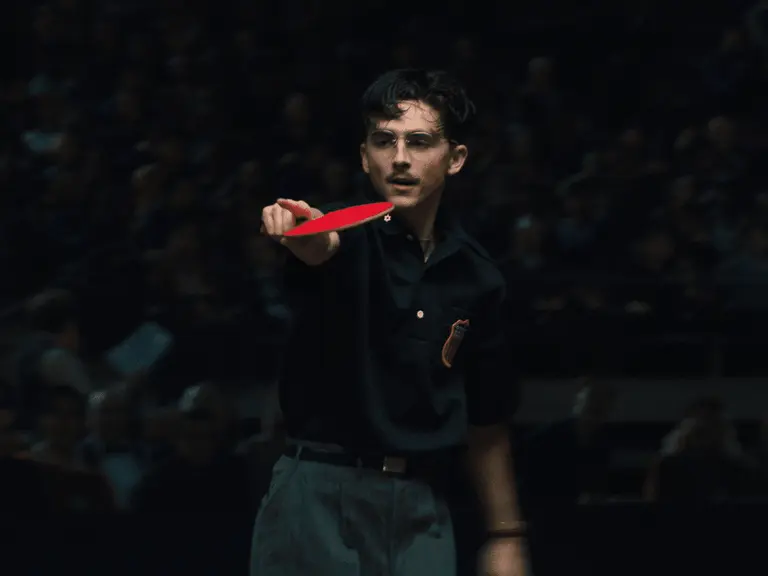
Published:
Readtime: 3 min
Every product is carefully selected by our editors and experts. If you buy from a link, we may earn a commission. Learn more. For more information on how we test products, click here.
It’s hard to refute the impact Quentin Tarantino has had on the world of film. But what is it that really sets him apart from other moviemakers? There are plenty of possibilities, but Insider’s newest video (which you can watch here) posits that it is Tarantino’s ability to successfully steal from other movies that makes him so legendary.
Tarantino admits that stealing from movies is a part of his repertoire. “I steal from every single movie ever made,” Tarantino confessed in a 1994 interview with Empire magazine. Some of his stolen moments are hidden references, while others are scene for scene exactly the same.
This ‘stealing’ has caused Tarantino to be the subject of scandal over the years. The first such scandal, appropriately enough, came with his first movie, Reservoir Dogs. Critics accused Tarantino of plagiarising City on Fire, a 1987 movie out of Hong Kong. There is plenty of basis for the accusation, too–the final 20 minutes of both films are essentially identical.
Foxy Brown inspired Tarantino’s Jackie Brown. Kill Bill used Lady Snow Blood, a 1974 film out of Japan. Inglourious Basterds shares more than passing similarities to The Dirty Dozen. But Tarantino doesn’t just use one film for his movies; rather, he references at least a dozen films in each of his movies, replicating different shots or using other clues.
Many feel that this is a type of homage to other films—but Tarantino isn’t a part of that crowd. He denies that he is paying homage, simply stating instead that: “Great artists steal. They don’t do homages,” a quote that—in true Tarantino style—closely mimics the famous quote from Picasso, “Good artists copy. Great artists steal.”
A lot of this practice can be explained by Tarantino’s origins as a filmmaker. Tarantino learned the art of cinema from watching films (he worked at a video rental store for many years). With that background, imitation should be no surprise. In fact, his scripts often start with a list of movies that he references in the script.
Tarantino is very much a post-modernist as well. Post-modernism teaches that there is nothing new in art. Everyone borrows from the past. Tarantino has the ability to do so while creating something new—a technique called pastiche. Such a technique takes a true understanding of what you’re stealing, and Tarantino is a master.
And as long as he keeps creating masterpieces, who can complain?
You’ll also like…
Quentin Tarantino’s Top 10 Films, Ranked
Boy to Man – An Interview with Filmaker Tim Noonan































Comments
We love hearing from you. or to leave a comment.